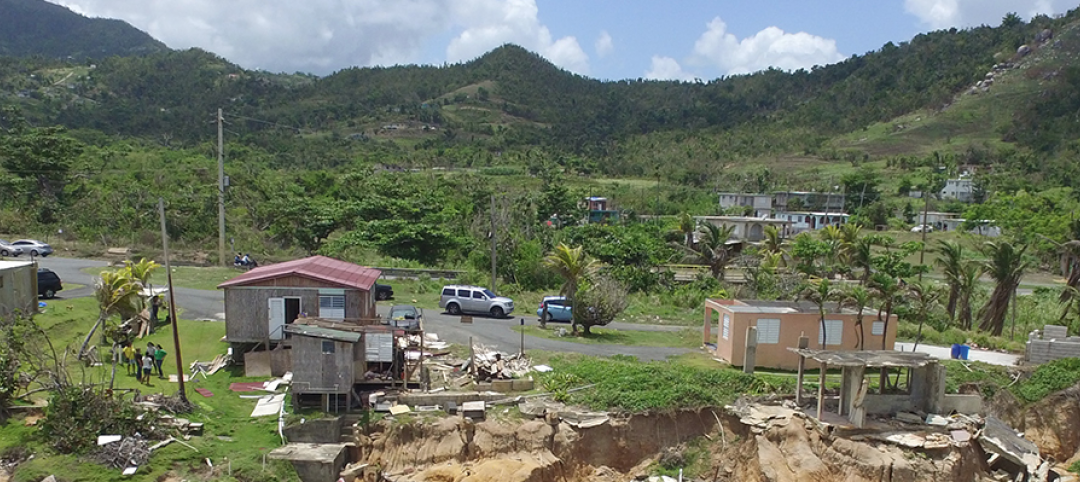Phius recently released, REVIVE 2024, a retrofit standard for more resilient buildings. The standard focuses on resilience against grid outages by ensuring structures remain habitable for at least a week during extreme weather events. It also aims to achieve zero operational carbon emissions while minimizing embodied carbon.
It also addresses common indoor air quality concerns, such as mold, radon, and poor ventilation. Where necessary, it also fortifies buildings against site hazards such as hail, wildfire, and high winds.
The standard was designed to encourage widespread adoption of Phius passive building principles, which are suitable for buildings in all climates. REVIVE 2024 uses advanced software to develop customized retrofit solutions for each project.
Key components of REVIVE 2024 include:
Resilience-focused planning: Emphasizes resilience as a critical safety feature, particularly in adapting to extreme weather events.
Parametric analysis software: Introduces new tools for conducting parametric studies to identify optimal solution packages that meet resilience standards while minimizing life cycle costs.
Carbon emission goals: Aims for zero operational carbon emissions and considers embodied carbon, aligning with broader sustainability objectives.
Enhanced quality assurance: Implements a robust quality assurance process to ensure all retrofit measures are executed as designed.
Related Stories
Resiliency | Feb 27, 2019
ResilientSEE: A framework to achieve resilience across scales
Conceived in the Boston studio of Perkins+Will, the ResilientSEE team developed a resilient planning framework that can be applied to other neighborhoods, cities, and countries.
Sustainability | Oct 25, 2018
As project delivery models evolve, designers rethink their role
New York City’s newest university campus, Cornell Tech, pushes the limits of sustainable and resilient design.
Resiliency | Sep 4, 2018
It takes more than money to fund resilience
Resilient design, much like all projects in the built environment, requires funding.
Resiliency | May 17, 2018
Architects brief lawmakers and policy-makers on disaster recovery as hurricane season approaches
Urge senate passage of disaster recovery reform act; Relationship-building with local communities.
Resiliency | Feb 21, 2018
Resilience team selected to help protect a vulnerable Bridgeport, Conn., from floods
The design and construction project would perpetuate efforts that date back several years.
Resiliency | Jan 24, 2018
A luxury community in Florida mandates resilience in new-home construction
Alys Beach’s in-house GC builds to standards set by the FORTIFIED program.
Resiliency | Jan 24, 2018
Effort to develop first whole-community resilience benchmarks for buildings, water, and energy launched
Volunteers sought for committee openings.
Resiliency | Jan 17, 2018
Climate adaptation project addresses current and future climate changes in Randers, Denmark
The C.F. Møller-designed project is slated for completion in 2021.
Resiliency | Nov 15, 2017
Resilient design for waterfront buildings: a real estate win-win in vulnerable area
The developer sees resilient developments achieving top-of-market pricing, faster leasing, higher renewal, and higher occupancy rates.
Greenbuild Report | Oct 18, 2017
Rebuild, retreat, or resist
Hurricanes Harvey and Irma expose the necessity—and limitations—of resilient design and construction measures.


















